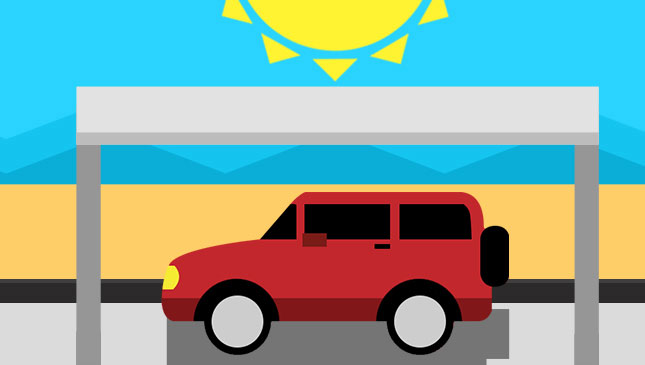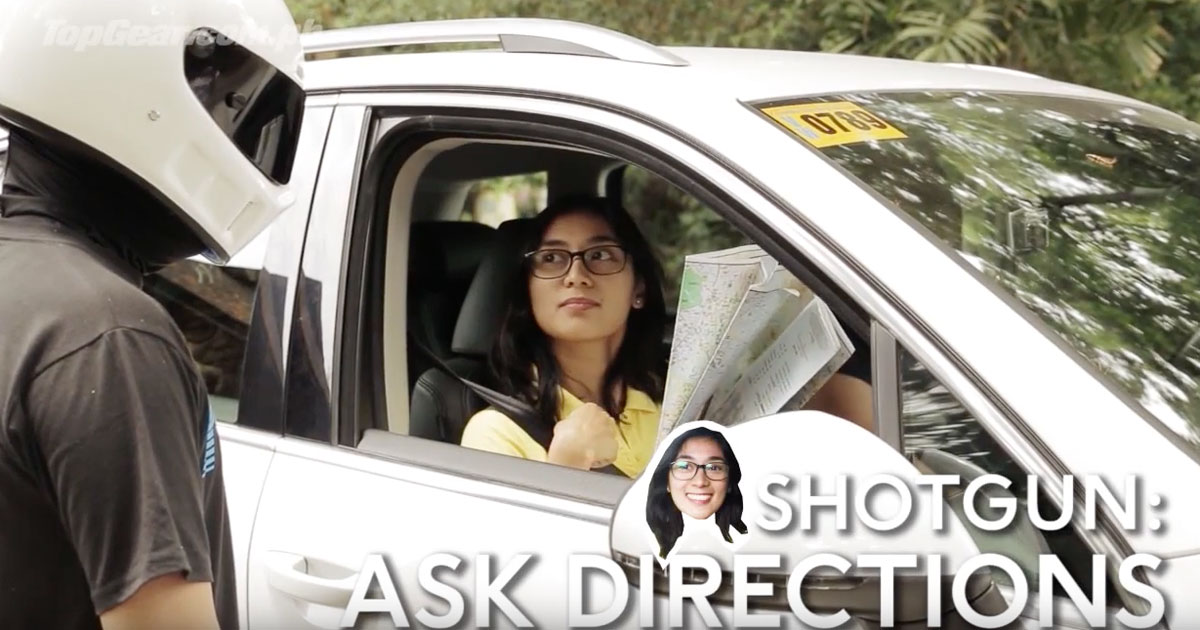
Summer's obviously here. With the road-trip season comes the higher temperatures that we all have to contend with. For car owners, it means taking steps to minimize the negative effects of the scorching heat. The elevated temperatures can take a toll on vehicles and occupants alike. Let's take a look at some of the ways we can extend extra care for our cars this summer.
1. Mind your car's cooling system. Cooling-system failure is one of the major causes of engine failure. Come summer time, it becomes more important to ensure that it's in tip-top shape. If you have a newer car or a vehicle that has been religiously maintained, there's not much to worry about. However, if you can't remember the last time you gave your faithful road-trip companion a once-over, flushing the coolant, checking the condition of all the coolant hoses (including the bypass hoses in the hard-to-reach areas) and checking the fan motor as soon as possible, would be a good idea. By coolant, we mean a 50-50 mix of distilled and any commercially available coolant. Unless you're using a pre-mix coolant that already has water mixed in or specialty coolants that don't require adding water, using coolant without adding water isn't the way to go. You'll be worse off than using water by itself.
2. Inspect the radiator pressure cap and the overflow tank to see if either one needs replacement. Any leaks on one of them will mean that you'll be slowly losing coolant until you run out at the most inopportune moment and have your engine die on you. Tip: For most modern cars, there's no real need to remove the pressure cap to check the coolant level unless you're flushing the system. Check the overflow tank with the engine cold. If the level is anywhere between the minimum and maximum level, you're good.
3. It is critical to use the right oil for your engine. It becomes more important when temperatures hit the extreme. In general, just follow the manufacturer's recommended viscosity and you'll be fine. Do check for leaks and get them taken care of.
4. Check and change as necessary your differential, gear and transmission fluids if you haven't changed them in the last few 10 thousands of kilometers.
5. Heat plays havoc most on plastic and rubber parts. Have the drive belts inspected and replaced as necessary while you're getting things under the hood checked. Lose a belt and you'll likely lose your HVAC system or your charging system. The first one is an inconvenience. The second one? It's going to cut your trip short and kill your battery, too, if you can't pull over and stop to get a tow.
6. No one likes being stuck in traffic without air-conditioning. And while the HVAC system is a sealed system that doesn't require much attention, for the most part it does need attention every so often. Before you have the A/C lines cracked open--and the refrigerant, the compressor oil and the drier replaced--consider cleaning out the condenser and the evaporator first. Accumulated dust and dirt on the exterior of either one leads to blockage and reduced efficiency of the system. The condenser is easy enough to clean with nothing more than an air or water hose being run through the fins of the condenser. Cleaning the cooling fins of the evaporator is a much more involved process, and will likely require professional services, particularly if the vehicle does not have an A/C filter.
7. Park in the shade if you can't park indoors. Doing so can help reduce interior temperatures by quite a bit. Some studies quote the cabin getting as much as 10 degrees Celsius hotter after being parked in the sun for only an hour or two. Imagine how much hotter it will get if you're going to be leaving it out for much longer.
8. Use heat-rejecting tint or a reflective sunshade--if you can't find indoor parking or a shaded parking area--to help reduce interior temperatures.
9. Crack your windows slightly open when you have to be parked outdoors. This releases the hot air from inside the cabin instead of being trapped inside. It is a good way to aid in reducing the effects of having to park out in the sun. It doesn't have to be large--anything just big enough to unseal each window will be a significant enough help.
10. If you have time and it's safe to do so, open all your doors for half a minute or so before you board. The cabin will feel slightly more comfortable than if you just hop right in.
11. Or drop all your windows as much as you safely can and turn your blower on full blast to vent out the air as you drive off. Keeping the windows closed without venting the heat will take you much longer to get the interior cool.
12. Wax your car. It prevents any road grime, tree sap and bird droppings from directly sticking to your paint surface and getting baked onto it from the heat. Waxing also makes any substance a little easier to wash off your car's paint job.
13. Don't wash your car when its sheet metal is still hot. Don't do it either when your car is out in the sun. The water may dry up faster than you can wipe it off, leaving unsightly water marks that defeat the purpose of a wash to begin with.
Artwork by Macky Joe Licup










